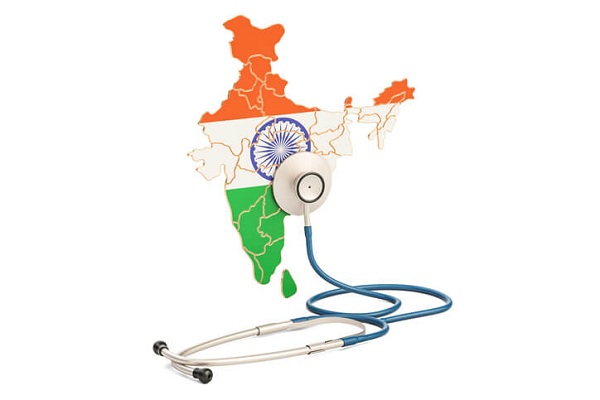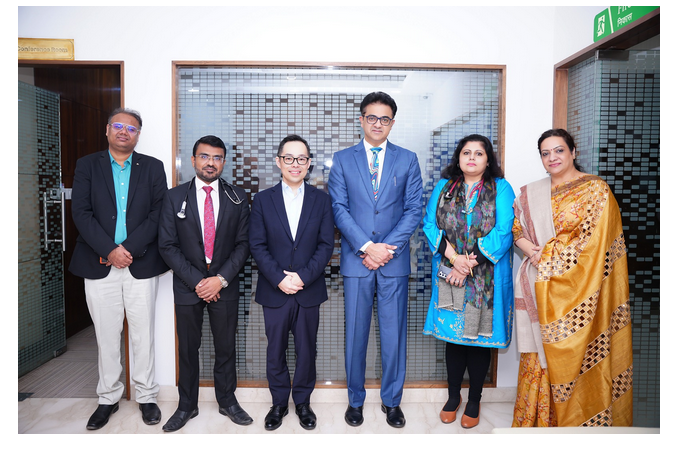We are seeing rapid growth in entrepreneurship in the past decades and in the last few years; many women have entered the club. We at Medicircle are conducting the 'Top Women Entrepreneurs of Healthcare Seriesá¹£ to showcase such inspirational female role models on a revolutionary journey.
Firoza Kothari is a Co-Founder & CTO of Anatomiz3D Medtech Private Limited and also a Forbes 30 under 30 winner. After completing B.Tech Biotechnology engineering she worked with a Diagnostics company and within 6 months Firoza decided to print her world and entered the 3D printing Business. As a biotechnologist, the fact that there is hope to create live organs out of a patient's stem cells someday really intrigued her and became her motivation to execute their first case ever in Pediatric Cardiology, which also turned out to be the first case in the country. She has also developed the first online course in the world that teaches Medical 3D Modeling.
The journey of medical 3D printing
Firoza says, "The journey started about 7 years ago. Soon after graduating in 2014, I started working for a pathology company. I was not enjoying my routine job in pathology and meanwhile, my brother and his friend (working for 3D printing for architecture, jewelry, engineering) asked me to join them. I joined their company as an employee. We executed the first-ever case in India in Pediatric Cardiology. The infant was suffering from a complex congenital heart disease called DORV (Double Outlet Right Ventricle). This patient was rejected for surgery considering the complications associated with the procedure but one medical team in Mumbai had heard of 3D Printing and contacted us hoping to try the last chance through a surgical procedure. Within a few days, we studied everything CT, MRI readings everything, we gave them an output. And on this basis, they carried out surgery that not only improved the quality but also extended the life of the patient. This was our first success story and then we added other specializations: Cardiology, Neurosurgery, Spine surgery.”
Firoza adds, “So far it has been a very interesting rollercoaster, we have learned a lot. Our failures have taught us a lot, we keep learning from our own mistakes.”
Challenges
Firoza mentions, “We had tied up with Apollo before COVID. But because of COVID and lockdown, the entire process was delayed by a year and a half. Nonetheless, we opened and established 3D printing labs. Here we faced two types of challenges
Internal challenge – Replicating the same quality of 3D labs in all hospitals which we have overcome
External challenge – Integration with Apollo as an outsider company was a bit challenging”
3D printing technology in India
Firoza emphasizes, “I have been to Europe, Canada, US to see their technologies. India is much more ahead/advanced in technology when compared to other developed countries. Here fewer restrictions allow us to give it a try. We have used low-cost technologies that give a high accuracy factor for cost-saving and better efficiencies.
Advantages of 3D technology
Reduced time of surgery
Reduced anesthesia time
Reduced blood loss
Firoza informs, “Bioprinting is the next stage of this technology. Currently, our applications are being used for pre-surgical planning, customized implants, and implant molds. I hope to develop living organs from patient’s stem cells which will reduce the cost and time spent waiting for organ donors.”
Skin grafts
Patient’s cells are used for developing skin cells with the use of growth factors. This is not transplanted from one patient to another patient. It is in the very early phases of research. A lot of clearance and processes need to be done.
Talking about the next target, Firoza concludes, "As a biotechnologist, my next aim is to work for tissue/ cellular development (developing living organs in labs). Maybe in a few years, I will start research and bring that to market.”
(Edited by Renu Gupta)

 Firoza Kothari talks about emerging 3D printing technology in the healthcare industry. Anatomiz3D Medtech is India’s leading patient-specific solutions provider to the healthcare industry for 3D printing designs that gives doctors a better understanding of their patients and improve patient care. She also discusses her future goal.
Firoza Kothari talks about emerging 3D printing technology in the healthcare industry. Anatomiz3D Medtech is India’s leading patient-specific solutions provider to the healthcare industry for 3D printing designs that gives doctors a better understanding of their patients and improve patient care. She also discusses her future goal.










.jpeg)







.jpeg)

.jpg)










